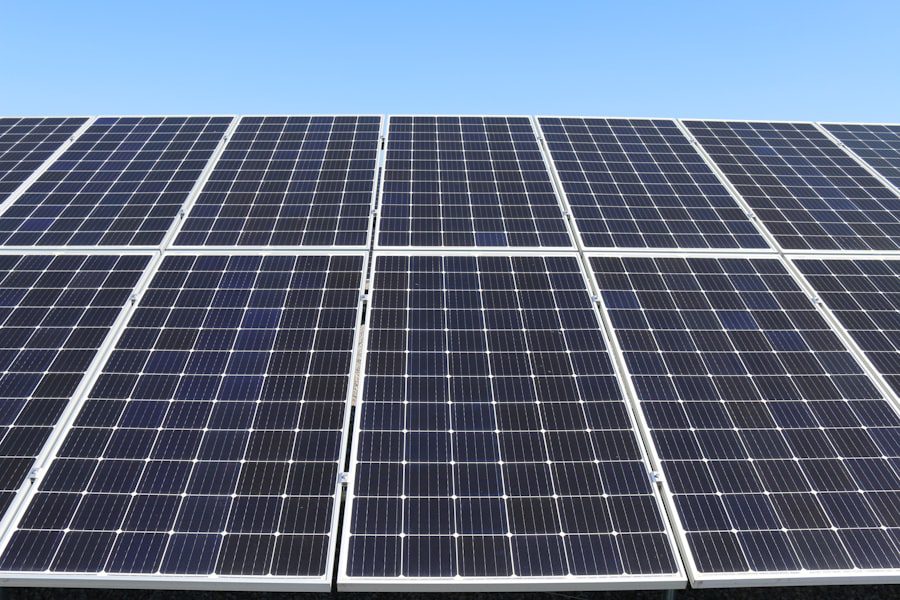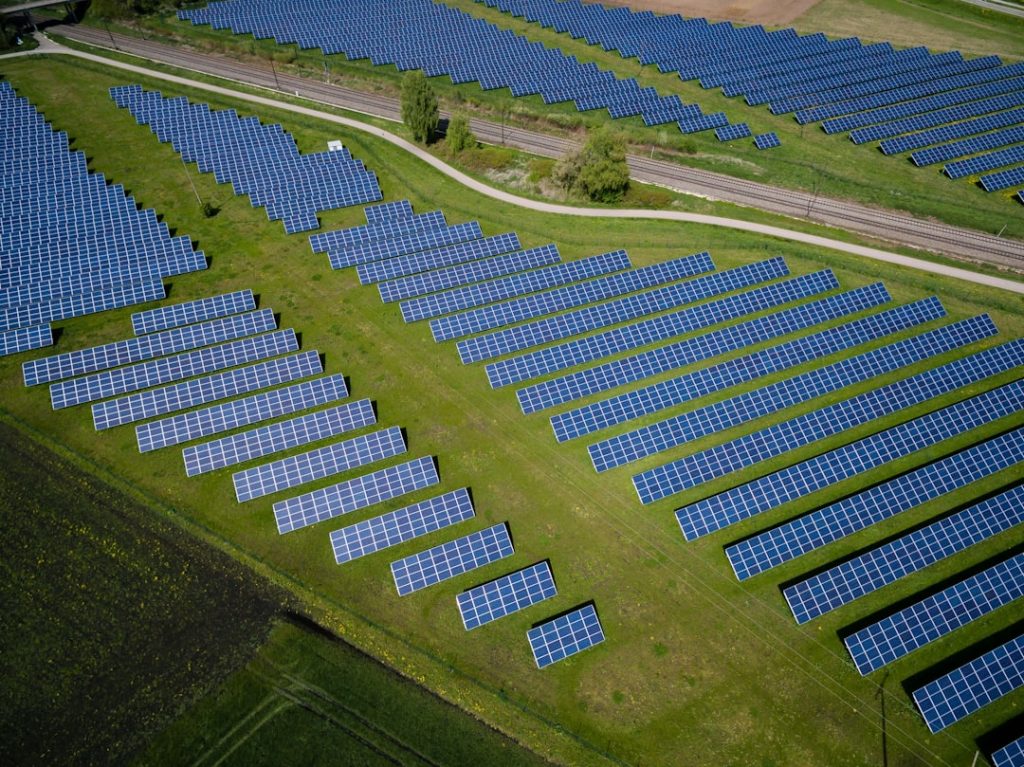Afghanistan, a country known for its rich cultural heritage and breathtaking landscapes, is also facing significant challenges in the energy sector. With a rapidly growing population and increasing urbanization, the demand for energy in Afghanistan has been on the rise. However, the country has been heavily reliant on imported fossil fuels to meet its energy needs, leading to high costs and environmental degradation. In recent years, there has been a growing recognition of the need to transition towards clean and renewable energy sources in Afghanistan. Clean energy, including solar, wind, hydro, and biomass, has the potential to not only reduce the country’s dependence on imported fossil fuels but also to mitigate the environmental impact of energy production. This shift towards clean energy presents an opportunity for Afghanistan to improve energy access, reduce greenhouse gas emissions, and promote sustainable development.
Afghanistan’s geographical location makes it well-suited for the development of clean energy projects. The country experiences abundant sunlight throughout the year, making solar energy a particularly viable option. Additionally, Afghanistan has significant untapped potential for wind and hydroelectric power generation. Despite these opportunities, the development of clean energy in Afghanistan faces several challenges, including limited infrastructure, lack of investment, and political instability. However, with the right policies and support, Afghanistan has the potential to harness its natural resources and become a leader in clean energy development in the region.
Key Takeaways
- Afghanistan has great potential for clean energy development, with abundant solar, wind, and hydro resources.
- The lack of infrastructure, financing, and skilled labor are major challenges for clean energy development in Afghanistan.
- The Afghan government has introduced policies and initiatives to promote clean energy, including the National Energy Strategy and Renewable Energy Policy.
- International organizations and investors are supporting clean energy projects in Afghanistan to improve energy access and reduce carbon emissions.
- Innovations in clean energy technologies, such as off-grid solar solutions, are helping to address energy access challenges in remote areas of Afghanistan.
Current Challenges and Opportunities for Clean Energy
The development of clean energy in Afghanistan is not without its challenges. One of the primary obstacles is the lack of infrastructure for clean energy production and distribution. Many remote areas in Afghanistan do not have access to reliable electricity, and the existing grid infrastructure is often outdated and inefficient. This presents a significant barrier to the widespread adoption of clean energy technologies. Additionally, the high upfront costs of clean energy projects can be prohibitive, especially in a country with limited financial resources.
Despite these challenges, there are also significant opportunities for clean energy development in Afghanistan. The country has abundant renewable energy resources, including solar, wind, and hydroelectric power. By harnessing these resources, Afghanistan can reduce its reliance on imported fossil fuels and improve energy security. Furthermore, investing in clean energy can create new job opportunities and stimulate economic growth. Additionally, clean energy projects have the potential to improve access to electricity in rural areas, where many communities currently rely on traditional biomass for cooking and heating.
In order to fully realize the potential of clean energy in Afghanistan, it is essential to address the current challenges and create an enabling environment for investment and innovation in the sector. This will require coordinated efforts from the government, private sector, and international partners to overcome barriers and unlock the full potential of clean energy in Afghanistan.
Government Initiatives and Policies for Clean Energy
The Afghan government has recognized the importance of clean energy and has taken steps to promote its development through various initiatives and policies. In 2017, the government launched the National Energy Supply Program (NESP), which aims to increase access to reliable and affordable electricity for all Afghans. The NESP includes a focus on renewable energy sources, such as solar and wind power, as part of its strategy to diversify the country’s energy mix and reduce dependence on imported fossil fuels.
In addition to the NESP, the Afghan government has also implemented policies to incentivize investment in clean energy projects. For example, the government offers tax incentives and subsidies for renewable energy projects, as well as streamlined permitting processes to facilitate project development. Furthermore, the government has set renewable energy targets to increase the share of clean energy in the country’s overall energy mix.
Despite these efforts, there are still challenges in implementing and enforcing these policies effectively. Political instability and security concerns have hindered progress in some regions, while bureaucratic hurdles and corruption have also posed obstacles to clean energy development. Moving forward, it will be crucial for the Afghan government to continue strengthening its policy framework and institutional capacity to support the growth of clean energy in the country.
International Support and Investment in Clean Energy Projects
| Country | Investment in Clean Energy Projects (USD) | Support Programs |
|---|---|---|
| United States | 100 billion | Tax incentives, grants |
| China | 150 billion | Subsidies, feed-in tariffs |
| Germany | 80 billion | Feed-in tariffs, soft loans |
| India | 90 billion | Subsidies, tax credits |
International support and investment have played a crucial role in advancing clean energy projects in Afghanistan. Various international organizations and donor agencies have provided funding and technical assistance to support the development of renewable energy infrastructure in the country. For example, the Asian Development Bank (ADB) has been a key partner in financing clean energy projects in Afghanistan, including solar power plants and transmission infrastructure.
Furthermore, international partnerships have facilitated knowledge transfer and capacity building in the clean energy sector. Through collaboration with international experts and organizations, Afghanistan has been able to leverage best practices and innovative technologies to advance its clean energy agenda. International support has also helped to build local expertise and strengthen institutions responsible for regulating and promoting clean energy development.
In addition to financial support, international investment has also helped to create market opportunities for clean energy technologies in Afghanistan. Foreign companies have been involved in developing renewable energy projects and providing technical expertise to support their implementation. This collaboration has not only contributed to expanding access to clean energy but has also stimulated economic growth by creating jobs and fostering innovation in the sector.
Looking ahead, continued international support and investment will be essential for scaling up clean energy projects in Afghanistan and overcoming barriers to their implementation. By working together with international partners, Afghanistan can accelerate its transition towards a more sustainable and resilient energy system.
Innovations and Technologies in Clean Energy
The advancement of clean energy technologies has opened up new possibilities for addressing energy challenges in Afghanistan. Solar power has emerged as a particularly promising technology due to Afghanistan’s abundant sunlight. Innovations in solar photovoltaic (PV) technology have made it more affordable and efficient, enabling its widespread deployment across the country. Additionally, advancements in battery storage technology have improved the reliability of solar power systems, allowing for greater integration into the grid and reducing reliance on traditional fossil fuel-based generation.
Wind power is another area of innovation in clean energy technology. As turbine technology continues to improve, wind power has become more cost-effective and scalable. In Afghanistan, there is significant potential for wind power generation, particularly in regions with strong wind resources. By leveraging innovative wind turbine designs and grid integration solutions, Afghanistan can harness its wind resources to diversify its energy mix and reduce greenhouse gas emissions.
Hydropower is also a traditional source of renewable energy that continues to benefit from technological advancements. Small-scale hydropower systems have become more efficient and affordable, making them a viable option for off-grid communities in remote areas of Afghanistan. Innovations in micro-hydro technology have enabled decentralized power generation, providing electricity access to communities that were previously underserved.
In addition to these technologies, biomass energy holds potential for sustainable development in Afghanistan. Innovations in biomass conversion technologies have improved efficiency and reduced emissions from traditional biomass use. By promoting modern biomass technologies such as biogas digesters and improved cookstoves, Afghanistan can address both energy access and environmental sustainability challenges.
Impact of Clean Energy on Economic Development and Environmental Sustainability

The transition towards clean energy has the potential to have a transformative impact on economic development and environmental sustainability in Afghanistan. By reducing reliance on imported fossil fuels, clean energy can enhance energy security and mitigate the impact of volatile global oil prices on the economy. Furthermore, investing in clean energy infrastructure can create new job opportunities and stimulate economic growth through local manufacturing, construction, and maintenance of renewable energy systems.
Clean energy also offers significant environmental benefits by reducing greenhouse gas emissions and air pollution. The shift towards renewable energy sources can help mitigate climate change impacts while improving air quality and public health. Additionally, promoting clean cooking technologies can reduce indoor air pollution from traditional biomass use, which is a major health concern in many rural areas of Afghanistan.
Furthermore, clean energy can contribute to environmental sustainability by conserving natural resources and protecting ecosystems. Hydropower projects can provide water management benefits by regulating river flows and supporting irrigation for agriculture. Solar power can help reduce deforestation by providing an alternative source of energy for cooking and heating, thereby preserving forests and biodiversity.
Overall, the adoption of clean energy technologies can lead to a more sustainable and resilient energy system that supports economic development while safeguarding the environment for future generations.
Future Outlook for Clean Energy in Afghanistan
The future outlook for clean energy in Afghanistan is promising but will require sustained efforts from all stakeholders to overcome existing challenges. The Afghan government’s commitment to promoting renewable energy through policy initiatives such as the NESP is a positive step towards creating an enabling environment for clean energy development. Continued international support and investment will be crucial for scaling up clean energy projects and leveraging innovative technologies to address energy access challenges.
Innovations in clean energy technologies offer new opportunities for expanding access to reliable electricity while reducing environmental impact. Advancements in solar PV, wind power, hydropower, and biomass technologies can help diversify Afghanistan’s energy mix and improve resilience against climate change impacts.
Moving forward, it will be essential for Afghanistan to prioritize investment in clean energy infrastructure, strengthen regulatory frameworks, and build local capacity to support sustainable development in the sector. By leveraging its abundant renewable resources and embracing innovative technologies, Afghanistan can achieve its vision of a cleaner, more sustainable energy future for all its citizens.
To achieve this vision, Afghanistan will need to attract investment from both domestic and international sources, as well as develop partnerships with experienced clean energy developers and technology providers. Additionally, the government will need to create a supportive policy environment that encourages the growth of the clean energy sector and provides incentives for businesses and individuals to adopt renewable energy solutions. By taking these steps, Afghanistan can not only reduce its reliance on fossil fuels and improve energy security, but also create new job opportunities and contribute to global efforts to combat climate change.
One related article to clean energy initiatives in Afghanistan is “Revitalizing Kabul’s Energy: Renewables Infrastructure Development” which discusses the efforts to improve the energy infrastructure in Kabul through renewable sources. This article provides insight into the specific projects and initiatives being implemented to transition towards cleaner energy sources. You can read more about it here.
FAQs
What are clean energy initiatives in Afghanistan?
Clean energy initiatives in Afghanistan refer to efforts and projects aimed at promoting the use of renewable and sustainable energy sources, such as solar, wind, and hydro power, to reduce the country’s reliance on fossil fuels and improve energy access for its population.
Why are clean energy initiatives important in Afghanistan?
Clean energy initiatives are important in Afghanistan for several reasons, including reducing the country’s dependence on imported fossil fuels, mitigating the impacts of climate change, improving energy access in remote and rural areas, and promoting economic development and job creation in the renewable energy sector.
What are some examples of clean energy projects in Afghanistan?
Some examples of clean energy projects in Afghanistan include the installation of solar panels for rural electrification, the construction of small-scale hydroelectric power plants, and the development of wind energy farms. These projects aim to provide clean and reliable energy to communities across the country.
What are the challenges facing clean energy initiatives in Afghanistan?
Challenges facing clean energy initiatives in Afghanistan include limited financial resources, technical capacity constraints, security concerns in certain regions, and the need for supportive policies and regulations to promote renewable energy development. Additionally, the rugged terrain and lack of infrastructure can pose logistical challenges for implementing clean energy projects.
How is the government supporting clean energy initiatives in Afghanistan?
The Afghan government has shown support for clean energy initiatives through the development of policies and regulations to promote renewable energy, as well as through partnerships with international organizations and donors to fund and implement clean energy projects. Additionally, the government has expressed commitment to increasing the share of renewable energy in the country’s energy mix.



